Sun returns after dark Arctic winter
The sun has come back over the horizon. I can understand why people celebrate it here. At the moment there are just a few hours of light. Now the sun actually appears at around 12. In between the Arctic Frontiers conference sessions, I took a lunchtime walk to see the sun come up. What a difference it makes to how you perceive your surroundings! I cannot resist sharing a few visual impressions with you on the Ice Blog:
Reflections! No reflections without light! We tend to take our light for granted. It’s very special after the winter darkness here.
This would me my preferred means of transport here.
But others go for a more universal type. Are there snow chains for bikes?
Of course people dress for the weather. Elegant?
Traditional, warm, practical.
And a final view of frosted snow trees against the winter sunlight.
Now back to the science sessions of Arctic Frontiers. The place has quietened down since the departure of the politicians.Remember to check for updates on Twitter @iceblogger
Oil, Industry and Arctic Sustainability
I arrived at the university campus for Arctic Frontiers this morning to find a row of young people waiting to welcome the Norwegian Prime Minister Erna Solberg with a banner protesting against fossil fuel drilling in the Arctic. Ingrid Skjoldvaer, the deputy leader of Norway’s biggest youth environment organisation told me they want the prime minister to stop Arctic drilling in Norwegian seas and be serious about cutting emissions and taking their climate goals seriously. She knows it brings in a lot of revenue, but says we need to start a transition now for a future with renewables. WWF’s Nina Jensen told me she thinks there is a growing awareness in Norway of the link between fossil fuel emissions and the climate change that is affecting the Arctic so dramatically.
No future without Arctic oil?
In her address to the conference, PM Solberg was clear about the continuing importance of oil and gas drilling for Norway. In a speech focussing on the goal of making northern Norway an “innovative and stable region” and an “attractive place to live” through sustainable development, it became clear that fossil fuel extraction is an integral part of her policy to give people living in the region employment, education, improved infrastructure and maritime safety. At the same time, she stresses, this domestic policy priority is in line with growing international interest in the Arctic.
There was acknowledgement of the problems caused by climate change. But the young people outside will have been disappointed if they hoped for any signs of a shift in fossil fuel policy (not likely in this context or in general with agreement across the parties that Arctic development is key, it seems). WWF’s Nina Jensen told me afterwards she had not expected much else, but was pleased that climate change had at least been mentioned repeatedly in the speech.
The PM stressed the government’s investment in research and development as part of the “need to seize new opportunities and meet new challenges in a rapidly changing Arctic.” The main challenge facing the High North is the lack of qualified labour, she said, stressing also that oil and gas are important areas for future developments. Clearly, the country, whose wealth is based on revenue from oil in the past, is going full speed ahead for Arctic development. Sustainability? Always mentioned, but there still seems to be no answer to the question of how drilling for Arctic oil and continuing climate-changing emissions from fossil fuels can be sustainable.
Greenland, the “ice island”
Imagine a giant island with 3 climate zones, being pushed almost 2km northwards each year. That statistic was quoted by Greenland’s premier Alequa Hammond in her speech. It illustrates graphically the huge changes facing the environment and people of the world’s biggest island with the ice sheet that contains the biggest amount of water in the northern hemisphere and is of key importance to the world climate and global sea levels.
I had awaited the speech by Greenland’s premier Alequa Hammond with interest and was not disappointed. She started by saying she was going to talk not primarily about oil, gas and mining as most might expect, but health and the environment. (Not that the two are unconnected). In her talk, she brought home the effects of climate change on the traditional lifestyles of indigenous Greenlanders in what seemed to me an authentic and sincere way. As well as the melting ice problem, she talked of the contaminants polluting the environment and finding their way into Arctic mammals. Whether you just love them as part of our biodiversity for the sake of it or want them for your food supply, pollution from industrial activity far, far away, is endangering animal life up here.
Hammond is a realist. She knows her small country needs revenue to achieve the goal of full independence from Denmark. But she is also well aware of the negative impacts of rapid industrialisation on a people traditionally very close to nature. While physical health has been improved by better housing, nutrition and health care in the last 50 years, Hammond stresses the negative mental and physical health effects of a loss of traditional values. She mentioned the above-average suicide rates in northern circumpolar areas. Then there are chronic illnesses and heart disease brought on by a shift from hunting and fishing to “office-worker lifestyle”. Urbanisation is another factor, with 80% of the 15.000 Greenlanders living in the capital Nuuk and only 20% in villages, whereas just 100 years ago everyone lived in small settlements.
Hammond identifies the dilemma: How to bring Greenland the prosperity it needs using easier access to oil, gas and minerals, made more accessible through climate change, without destroying a society rapidly being catapulted from a traditional nature-based rural lifestyle into the realities of the industrialised, commercialised, globalised world where the environment has at best secondary priority?
She talked a lot about the special relation with Denmark, the former colonial power. For her it is clear that Greenlanders have the right to complete self-determination – without losing that close relationship.
There was just one thing that I did not find adequately addressed in Hammond’s presentation. She made a clear case for the need for environment protection. We need to do more on maritime safety, oil spill preparedness, cost-effective surveillance solutions to detect oil spills, search and rescue. But when she proudly refers to her government’s controversial decision to abandon the country’s zero-tolerance policy of mining uranium and other minerals with radioactive content, I find it hard to see how this fits.
Another clear message was that outsiders should not interfere. While Hammond said she approved of the decision to have non-Arctic speakers at Arctic Frontiers (and at a time when the secretariat of the Arctic Council here in Tromso is holding a high-level closed doors meeting discussing the role of the many observers to the body), she said “It is clear for me that development in the Arctic should be given by the needs and inspirations of the people of the Arctic. Anything else would be wrong.” At the same time she appealed to any new partners in the Arctic to bear in mind that even small changes will have a big effect on a small indigenous population. Perhaps this reflects the realistic knowledge that developing the Arctic will not be possible without the economic power and the expertise of outsiders. Fine food for thought on this final day of the political part of a conference on “Humans in the Arctic”.
Updates on Twitter @iceblogger
Sustainable Future for Arctic people?
It has been a full day at Arctic Frontiers. This was day one of the two-day political segment (science follows from Wednesday). The main message seems to be that Arctic development is going full speed ahead. The Arctic Council (currently chaired by Canada) snd Arctic states will have their hands full in the years to come, coordinating that development and trying to make it sustainable and of benefit to the people of the High North. “Humans in the Arctic” is a very apt theme.
My impression after today’s events is that Sami and other indigenous people still feel a little out in the cold as the planet warms, the ice melts fast and development speeds up.
Aili Keskitalo President of the Norwegian Sami Parliament (and first female President of any Sami parliament) stressed in her opening address that the changes in the Arctic are clearly impacting living conditions for people in the High North. She mentioned health concerns influenced by climatic change, the accumulation of environmental toxins in food, changes in lievelihoods through new industries, pressure on traditional cultures having an impact on mental health. As indigenous peoples often live close to nature, they are in the front line of climatic change. Traditional industries like fishing, trapping, reindeer husbandry and strong ties to the landscape, imply additional vulnerability to industrial encroachment and other developments, she stressed.
Clearly, mining, oil exploration and the changes that come with them are a huge challenges for indigenous peoples. Challenges and opportunities were buzzwords in today’s sessions. How to help traditional indigenous communities benefit from the “opportunities” of development? Keskitalo stressed the need to respect the human rights of these communities when developing natural resources and changing the environment.
Other high-profile speakers (some more high profile than others – an indication of the priority allocated to the meeting by different Arctic states?) certainly went on a lot about opportunities and making sure the people of the High North get the benefit. But I couldn’t help wondering how much was lip service. This was backed up by informal chats with people in the breaks and some of the questions from the floor. But the proof of the pudding will be in the eating…
It was only in the final session of the day, a panel debate on the Northern Shipping Route, that an ngo representative, Nina Jensen, CEO of WWF Norge, was on the podium. I seem to remember more ngo active participation in earlier years. At that point in the meeting there was finally talk of dangers for rare species, black carbon increase, additional pollution from shipping through grey water, sewage, the danger of a spill of heavy fuel oil, invasive species in ballast water and such like. Yes, climate change-induced Arctic development brings with it not only opportunities but also risks and threats.
The debate was conducted mainly between Nina Jensen and Felix Tschudi, the Chairman of Tschudi Group shipping company, who was putting the industry point of view. Needless to say the two had differing opinions before, during and at the end of the debate. It would be surprising otherwise. It was mentioned during the day that the Polar Code negotiations might be successfully concluded in London this week. That, says Jensen, would be an important first step. But it would not solve all the problems.
This is a debate which will continue tomorrow – and, I have no doubt, well after the end of Arctic Frontiers. How compatible are economic development, environmental protection and the health and traditional cultures of indigenous groups in the Arctic?
Arctic hot topic in icy Tromso
It’s standing room only for anyone who came a bit late to the opening of Arctic Frontiers this morning. This event has become huge. The organisers say there will be around a thousand participants and plenty of journalists. When I first came here six years ago, the number of journalists was minimal. Now the Arctic has moved up to the top of the international agenda because of climate change and easier access.
Politicians, scientists, diplomats, think tanks, participants from all round the globe have made the trip to Tromso in the Norwegian Arctic for what has become one of the major events relating to the Arctic.
The Norwegian Fisheries Minister was speaking this morning, the Foreign Minister of Iceland, the Chair of the Arctic Council Senior Officials group Canada’s Patrick Borbey and representatives from the USA and Russia. The UK, Japan and Italy have also been on stage – yes, the Arctic is clearly of relevance to the whole planet.
I will go into more detail later, but for now it must suffice to say they are all stressing their interest in Arctic development while (in theory?) protecting the environment and the human rights and traditional lifestyles of the indigenous peoples at home in this still remote and cold region at the top of the planet. Iceland’s Foreign Minister Gunnar Bragi Sveinsson told me he did not fear commercial development could be outpacing environmental protection. More from that interesting interview another time.
The Russian “Ambassador at Large” for the Arctic Anton Vasilev talked a lot about Russia’s interest in peaceful development and keeping military conflict out of the Arctic. Some of the participants were discussing at lunch how this fits the upsurge in military activity up there and the planting of the polar flag expedition, with both Russia and Canada claiming sovereignty.
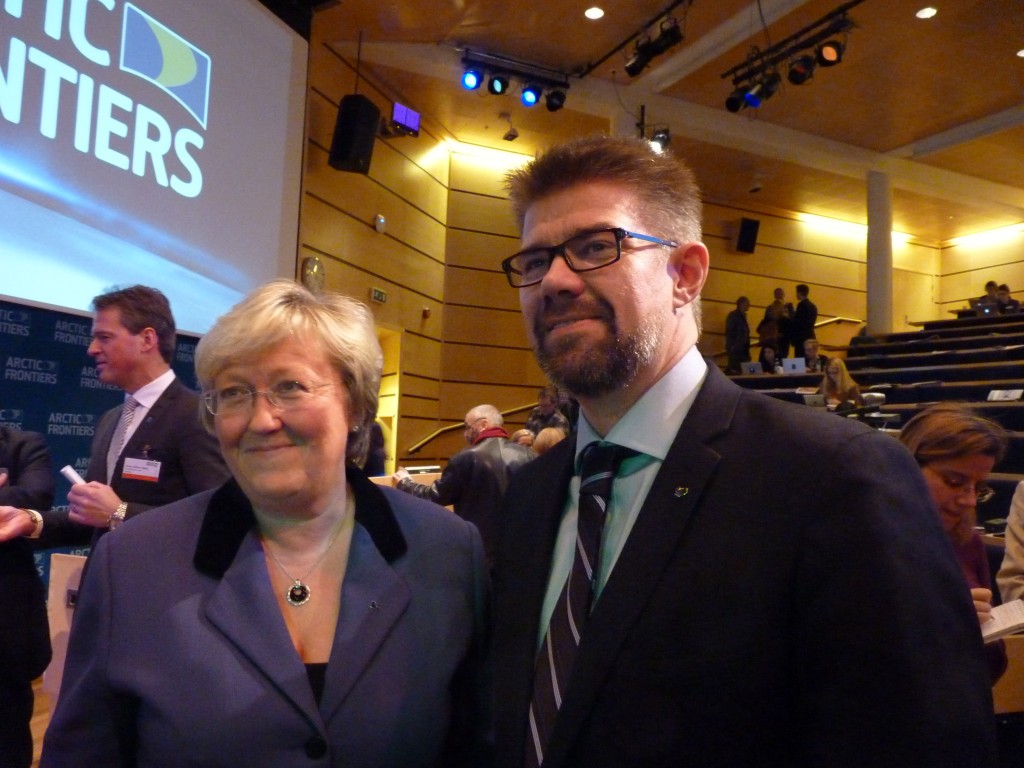
Norwegian Fisheries Minister Elisabeth Aspaker and Iceland’s Foreign Minister Gunnar Bragi Sveinsson in Tromso
This afternoon Statoil and other players are talking about oil and gas development. An interesting subject. Forgive me if I stop here to listen on. The debate is livening up with a question by a Sami participant to the Director General of the Norwegian Shipowners’ Association Sturla Henriksen. She’s asking (and she’s not alone) whether it wouldn’t be better to invest in new technologies and find ways of reducing emissions to halt the climate change which is causing problems for so many indigenous people in the Arctic. He says he respects indigenous traditions, but stresses shorter shipping routes for instance would benefit wider society in general.
More this evening! And tweets in between @iceblogger
Political chat en route for Arctic Frontiers
I have arrived in Tromso after a flight with some spectacular views (until the early dark came down) and interesting company. I was sitting beside Anne-Grete Strom-Erichsen, ex Norwegian Minister for Health and for Defence. She will be co-chairing the health session in the Tuesday high-level segment. She was reading an article on the Arctic in one of the main Norwegian dailies entitled “A Living Region” and summarized the gist of it for me as the need for international cooperation to deal with the challenges ahead for this high Northern region.
She reckons this year’s Arctic Frontiers is very high profile in Norway. The attendance of the Prime Minister shows the extent of Norway’s interest in Arctic development, she said. Although this is not her government, the Social Democrat ex-Minister does not expect anything to change with regard to Norway’s Arctic policies in general because of the key importance of the region putting it high on the list of political priorities. (Of course any politician will tell you their policies are better, but we just touched on that tongue-in-cheek).
I asked her about the environmental and climate impacts. “It’s a dilemma”, she said. “The world needs oil”. So far, she doesn’t really see an alternative, at least not in time and on the necessary scale. She thinks the debate over climate and emissions is growing in Norway though. And like other Arctic politicians I have talked to, she stressed the importance of international negotiations to tackle the emissions problem.
On the way to my hotel I met a representative from the British Embassy in Oslo. She told me several colleagues will be joining her, because the British government allocates great importance to the Arctic and its own Arctic strategy. During the week she will be following sessions on “Search and Rescue” – because of the increasing number of British tourists on cruise boats. Hm. As I said in the last post, there will be a lot of scope for discussion on the compatibility of commercial interests with environment protection up here this week.
Updates on Twitter @iceblogger



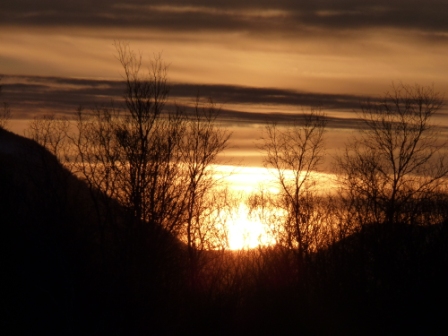
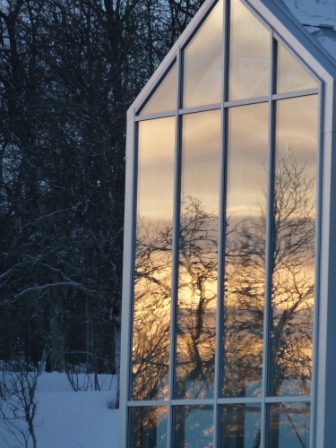
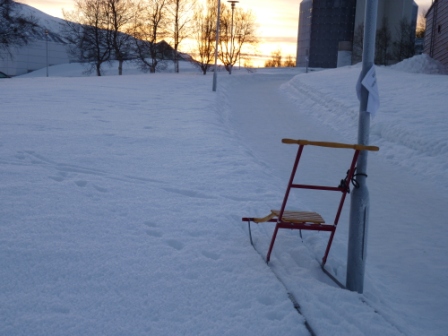
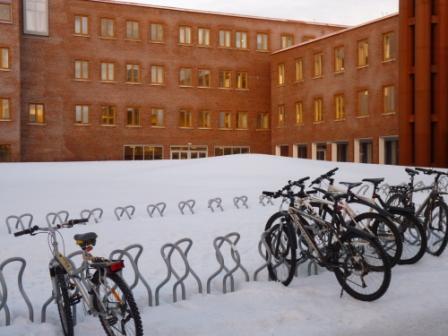
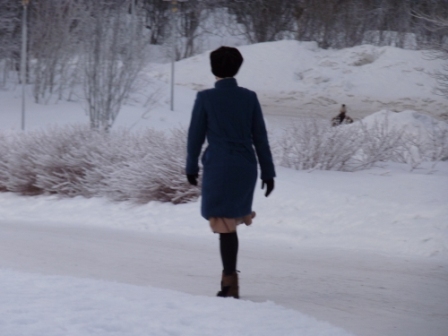
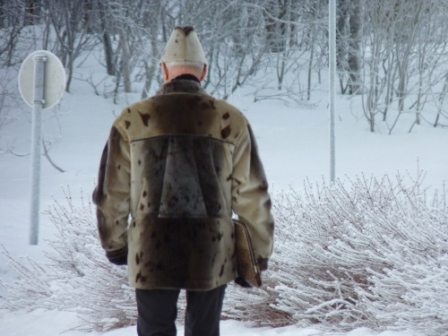
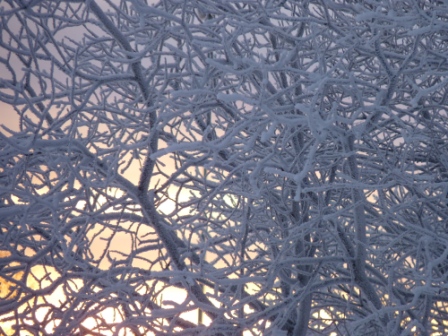

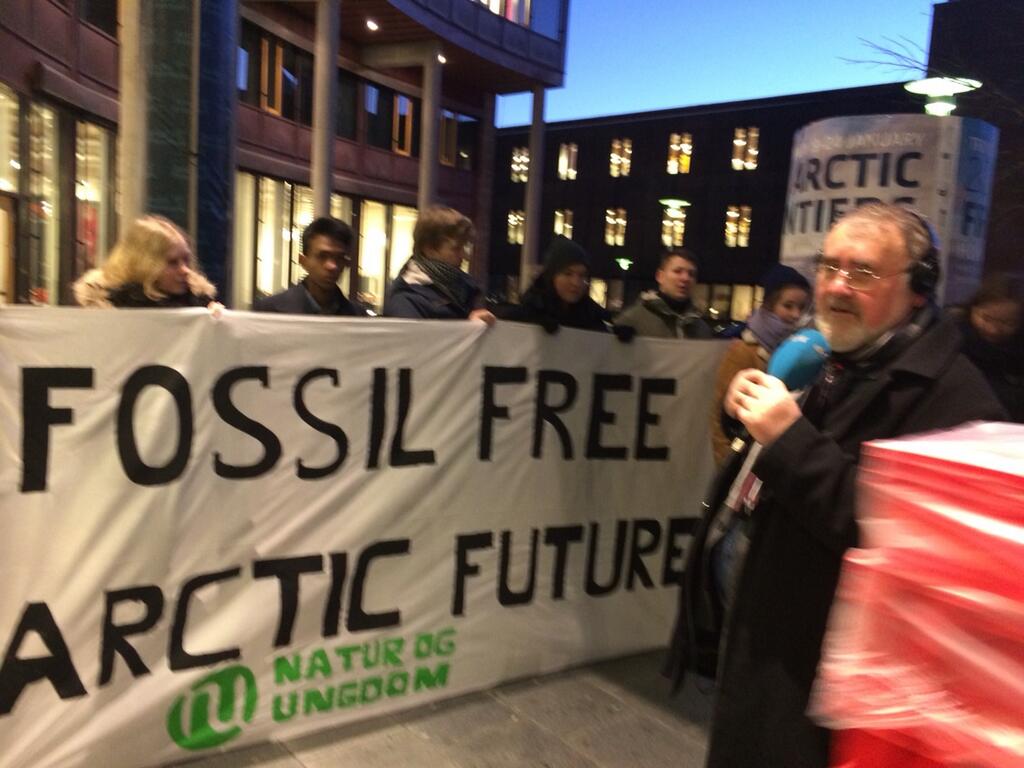
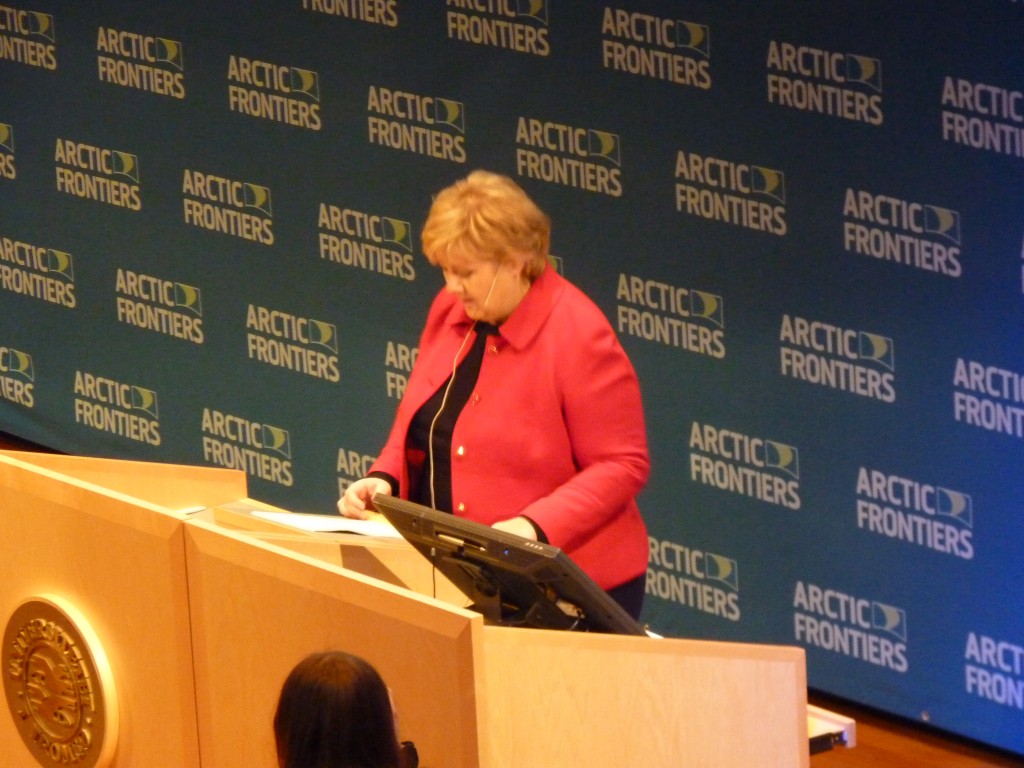
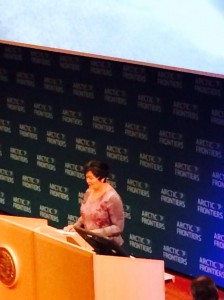
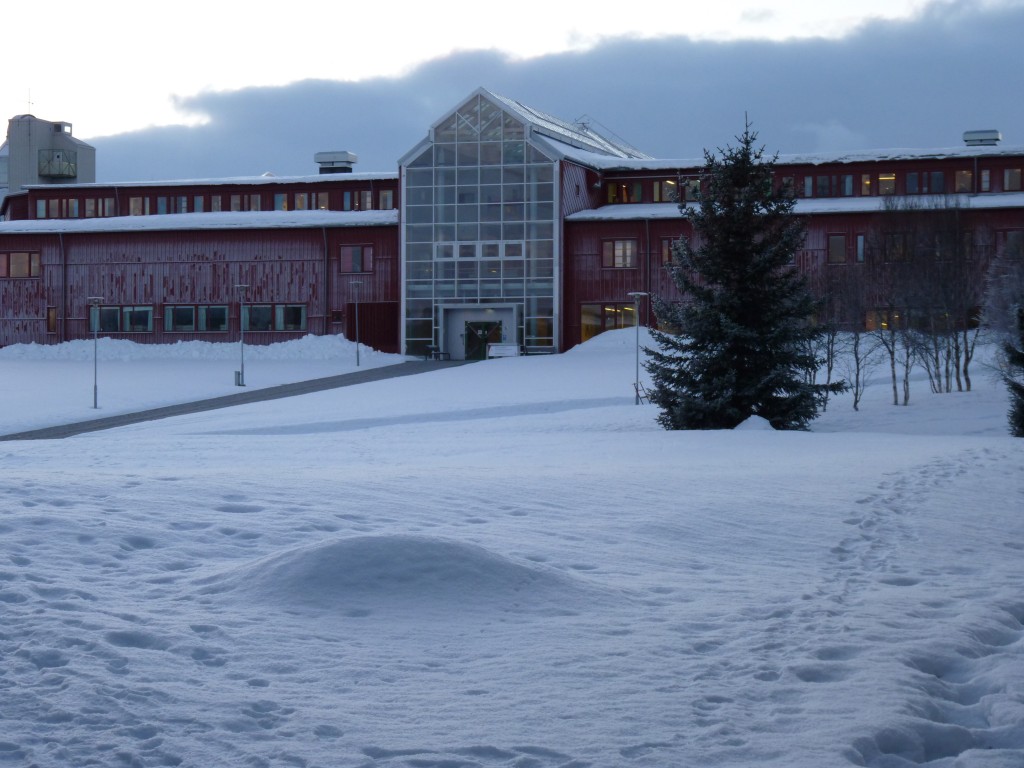
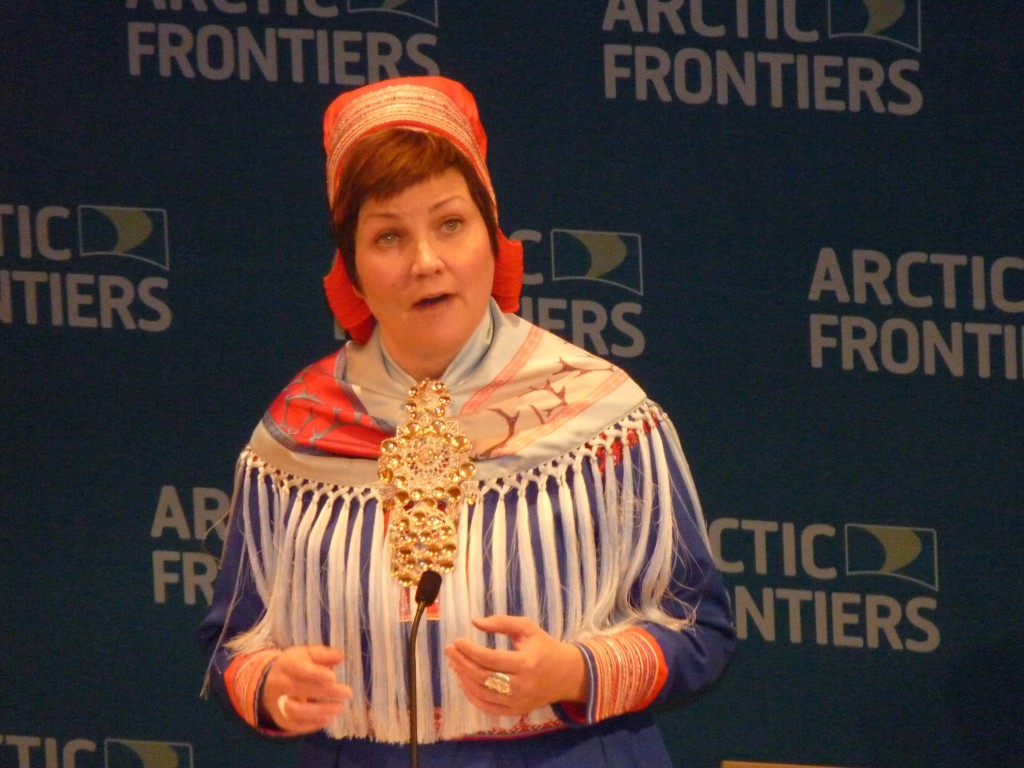
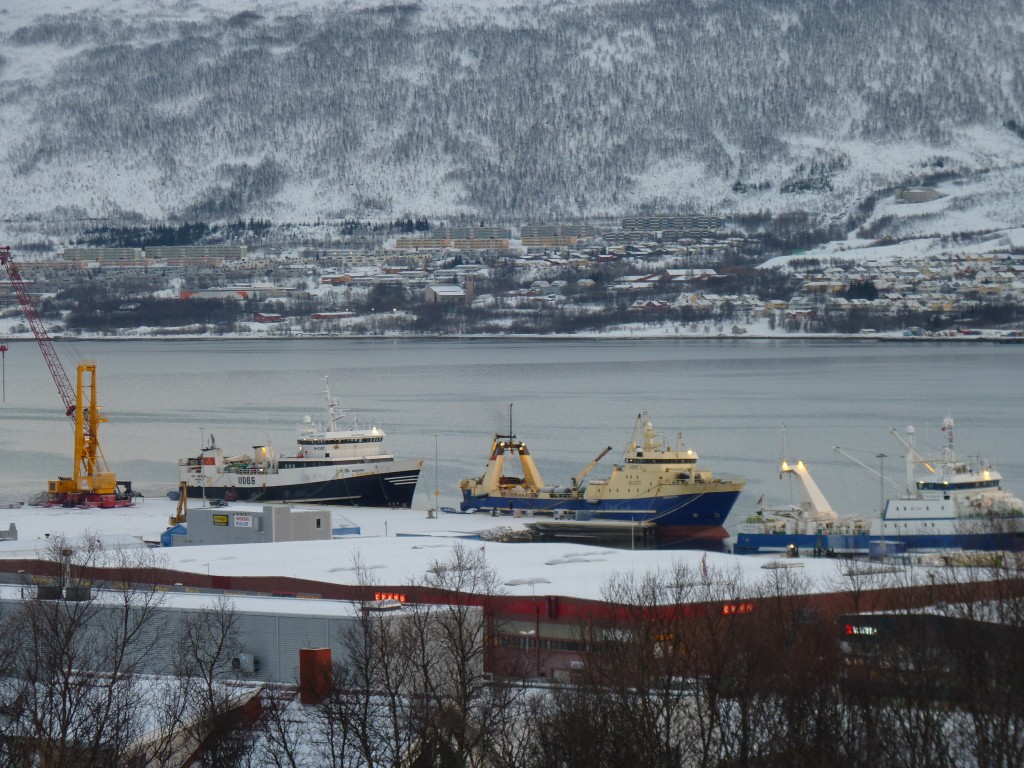
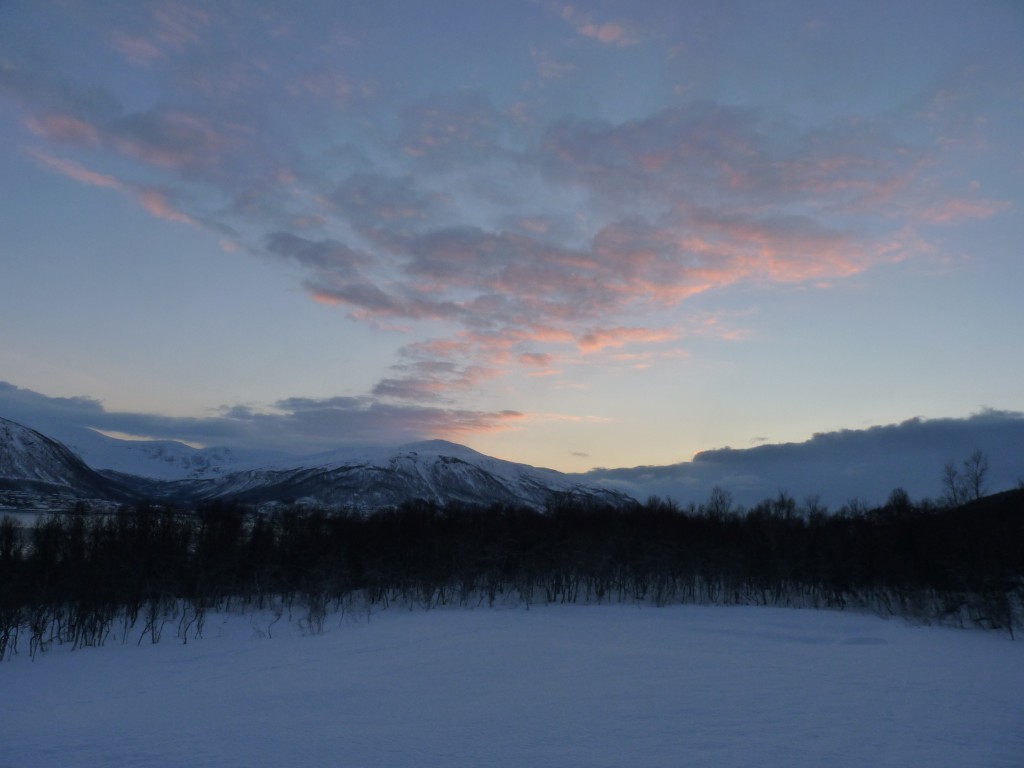
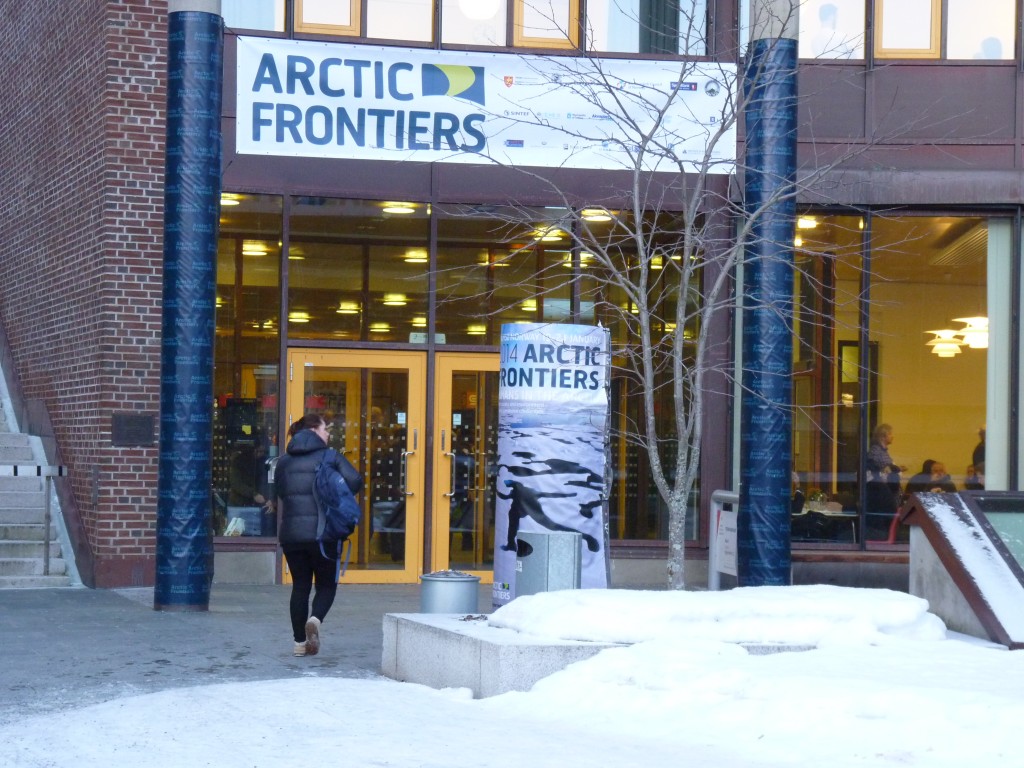
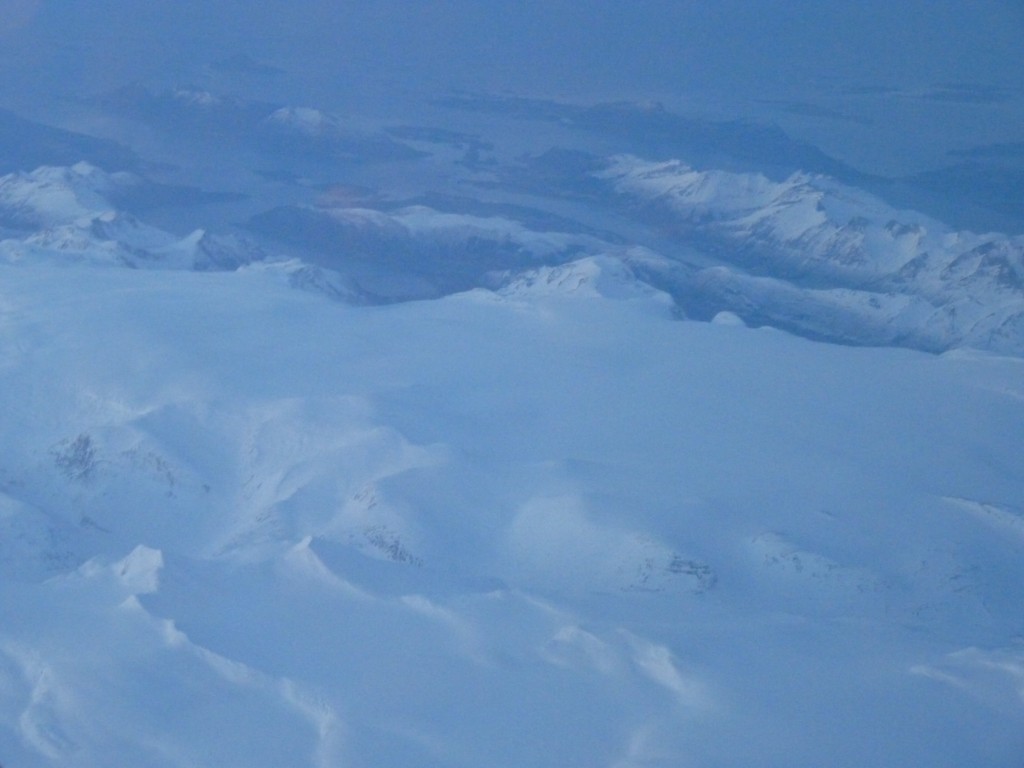
















Feedback